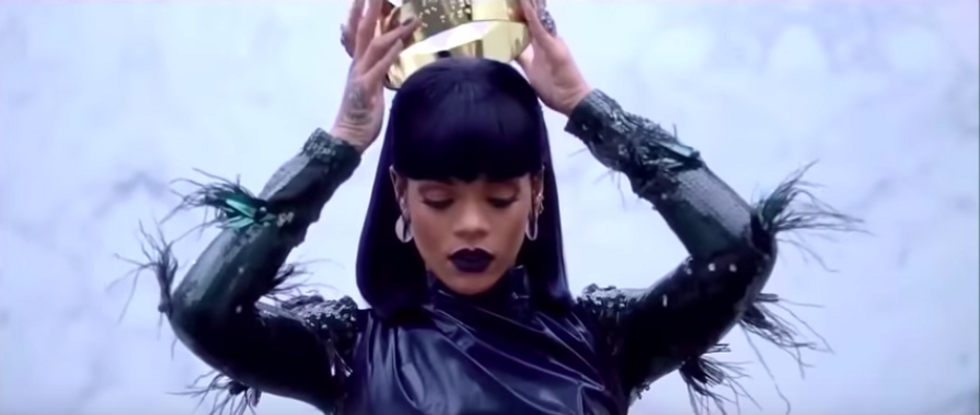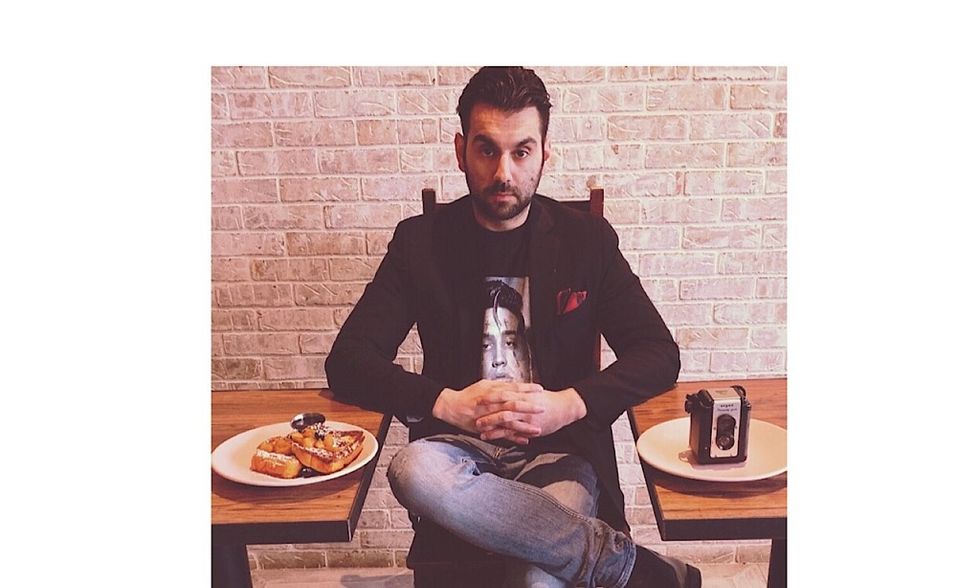Why Blockbusters Matter
Though many would consider them low art (and to a degree they are right) Hollywood blockbusters still deserve your respect.
Hollywood blockbusters are never given much respect in the artistic world. Sure, these films make massive amounts of money at the box office and are often beloved by fans, but they are often snubbed during awards season and treated with disdain in the film world due to their often, but not always, focus on spectacle over substance. They also tend to direct money away from smaller, more thought provoking films. While some of these points do hold true, in some respect, I feel that blockbuster films still deserve some level of respect from the artistic community.
Blockbuster films are like any other film, they are made by several, or in their case thousands, of people with varying artistic skills to create a story to put on screen. These are people who've wanted to work in film most of their lives. They're actors, directors, editors, costume makers, set designers, and writers who all want to come together and be a part of something big. They take pride in their work and take pride in seeing their names on the credits at the end. These big movies, whether they are good or bad, give people a chance to live their dreams and create something they hope will be remembered.
The people making these big films hope they can create something meaningful, just like any other filmmaker. The problem with many of these blockbusters is that they cost a lot and must find ways to maximize profits. To do this, blockbuster films have to "broaden their appeal" to audiences in order to make as much money as they can. This has the negative side effect of removing themes and messages to reach a "broad" audience. These films also rely heavily on expensive spectacle in order to bring in audiences, whether the story calls for it or not.
That being said sometimes a great story and characters can be seen through all the spectacle and flash. While watching "The Avengers" you can enjoy the colorful superhero action, but you can also see deep and complex characters working to put aside their differences and fight for the greater good. Themes and messages can be found in almost every story if you look hard enough. These can also grab the attentions of movie going audiences.
These big films help drive the passion for film making in the movie going audiences. Many children discover their love of stories and cinema when they watch these films and want to imitate them. These are the films that reach a wide audience, who then go on to be the next generation of filmmakers. Many others go on to write about their love of film and the film making process, like me. These big films, like "Star Wars" helped spark my passion for film. So before you denounce blockbuster films as mindless drivel, just remember that the next great director, actor, writer, or editor is sitting in that audience and is being inspired to help create the next generation of great films.



























'Exit Through The Gift Shop' Is Banksy's Digital Street Art
The film depicts and comments on the world of street art with the charm of self-awareness.
Remember when that one painting shredded itself after being sold for $1.4 million? That was British street artist Banksy's doing. Despite his rejection of traditional art critics, Banksy's pieces often sell for millions of dollars. There are many who refuse to call his work "real" due to the fact that it is a product of vandalism. His supporters acknowledge that his work is vandalism, which, in tandem with his revolutionary choices in location, style, and subject matter, is precisely what makes it an exemplar of modern art. Regardless of one's opinion of him, Banksy, no doubt holds a position of authority in the modern art world in which everything he creates is a subject of widespread attention, whether it be disparagement or appreciation.
It is perhaps because of this worldwide captivation that "Exit Through the Gift Shop," Banksy's 2010 foray into film-making, comes with considerable accolades. The Academy Award-nominated documentary brings much of the graffiti artist's abrasive commentary to the big screen. With narration from both Banksy and Welsh actor Rhys Ifans, the film acts a self-aware examination of street art, exploring both subtle works like those of British artist Invader to the grand-scale pieces of Banksy himself. This exploration calls into question the public's notions of modern art while also considering what even determines if art is valid.
While Banksy's directs the film, he is neither behind the camera nor the focus of it throughout most of the movie. "Exit" quickly clarifies how that honor goes to Thierry Guetta, a Frenchman from Los Angeles who owned a designer clothing store. What does he have to do with street art or this movie?Everyone involved in the movie asks the same question, but whether he deserves the attention or not, Thierry is stuck with viewers from start to end. Ifans explains how the Frenchman is usually found holding a video camera in front of his eyes, documenting every moment. When Thierry stumbles upon his street artist cousin Invader designing pixel templates for art to be placed on street side walls and rooftops, what follows is his rapid introduction to the world of street art as he films every artist—whether they want him to or not—in the hopes of eventually creating his own documentary about the subject. The journey takes him to the skepticism of Banksy, the interrogation rooms of Disneyworld, and the rooftops of LA, where he even begins to craft his own street art.
It becomes clear why Banksy turned Thierry's cameras around to capture the amateur filmmaker in action. In every scene where he is the subject, Thierry shines with this charismatic joy that borders on annoyance. Other individuals express in their disdain for him, as a supposed imbecile incapable of real artistry, yet he continues to frantically film and create, rarely showing a sign of disillusionment. In one scene he swears in French about how he spilled paint, and seconds later he emphatically tells the camera to get closer to inspect the pink puddle. Some of his interviews are at times nearly incomprehensible, illustrating how he is a perplexing enigma, hypocrisy, an artist who should not be able to attain the success that he does. Thierry, for better or for worse, will make or break a viewer's impression of "Exit Through the Gift Shop."
Banksy pulls together crisp editing and his manic subject to construct a self-aware work that comments on how we perceive art. All of the professional artists believe Thierry's work isn't genuine. Yet the public, finds him a captivating artist, regardless of his frenetic personality. The film, in spite of Banksy's careful direction, is a product and representation of Thierry's haphazard creations and behavior. But just as "Exit" somehow succeeds by using the chaotic source material to find meaning in the madness, so too does Thierry seem to find something magical, practically brainwashing his audience into believing in him and his ingenuity. Whether that means he is a true artist like Banksy is open for debate, but the documentary is a convincing film not afraid to show and criticize the means of its creation.
"Exit Through the Gift Shop" is a film that shouldn't work. And for some, it won't work. The absurdity of a random Frenchman with a camera becoming an artist is likely too much for skeptical viewers. But for those who can digest it, the documentary offers an insightful perspective on modern perceptions of art that is worth watching—even if it feels like an artificial production. In other words, the director has once again gotten away with something that seems delusional, creating a digital Banksy.